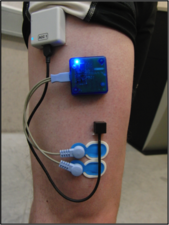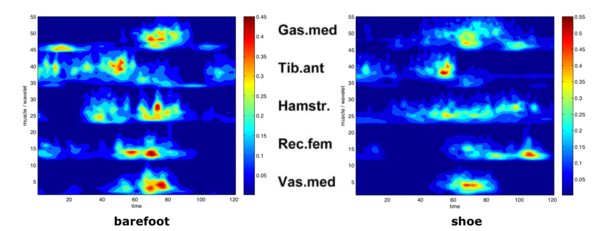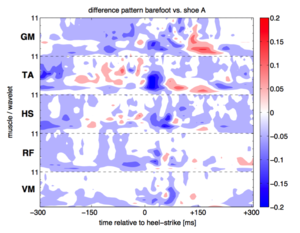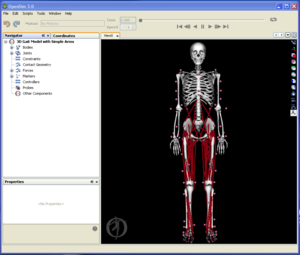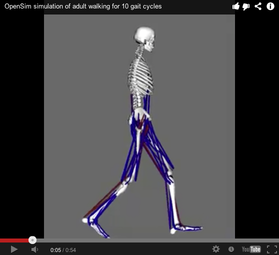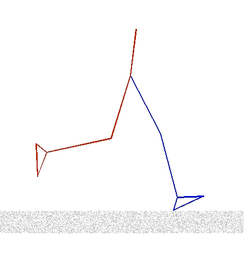
Dipl.-Inf. Patrick Kugler
Alumnus of the Pattern Recognition Lab of the Friedrich-Alexander-Universität Erlangen-Nürnberg
(Paul Klee)
In my research I focus on the mobile analysis of human motion. This includes studies with wearable sensors, modeling and simulation of human motion, new analysis algorithms for physiological and inertial signals as well as the research of embedded pattern recognition algorithms.
Biomechanical studies are usually performed in a lab using 3D marker tracking. In this project we use mobile inertial sensors to perform such studies outside of the lab. Research includes sensor integration, validation of sensor systems, signal processing and the application in biomechanical or medical studies. The main focus is on the processing of the sensor data to automatically detect gait events and to extract meaningful biomechanical parameters from the raw signals.
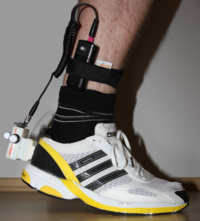
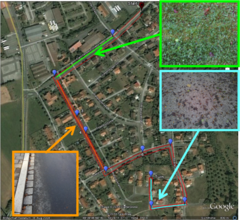
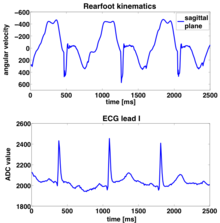
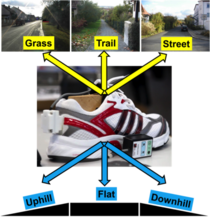
Mobile devices like smartphones have become powerful enough to provide realtime analysis of biosignals. Together with mobile and wearable sensors this allows the creation of innovative feedback applications. The research focus in this area is on-node preprocessing using SHIMMER nodes, the simulation of wireless sensor nodes with Contiki and Cooja and innovative applications for processing of biosignals on ANDROID smartphones.
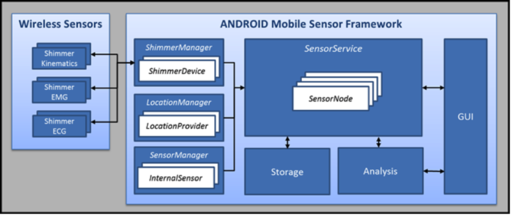
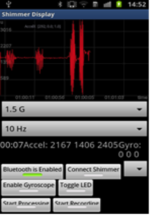
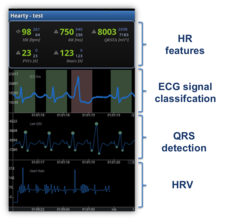
Predictive biomechanical simulation is an important tool to asses changes in movement behaviours due to external conditions. In this project we implement optimal control based simulations of musculo-sceletal models to study how humans adapt to changed conditions. For this we apply software from the ![]() Stanford OpenSIM SimTK project together with own MATLAB code.
Stanford OpenSIM SimTK project together with own MATLAB code.
Electromyography or EMG is the measurement of the electrical activity of a muscle. EMG is a standard tool in biomechanical studies and medical diagnosis. However, the analysis and interpretation of the EMG signal during dynamic movements (e.g. running and walking) is still an open research area. In this project we apply state-of-the art tools from signal processing and pattern recognition to increase the understanding of these signals. Applications include diagnosis and staging of movement disorders, visualization of changes in muscle activation due to external conditions and the automatic detection of muscle fatigue.
